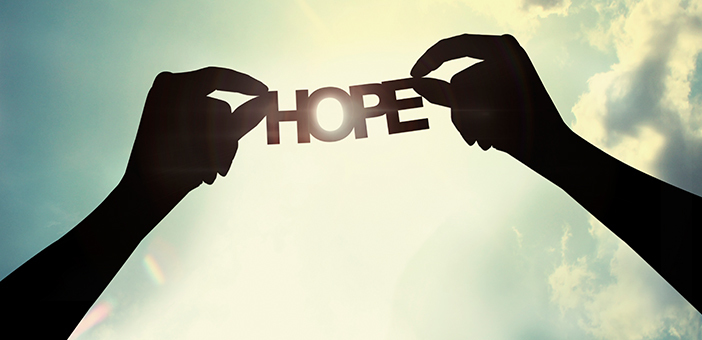It was mid-morning and I had just finished presenting the idea of cultural archetypes to a room full of middle school teachers. They taught at a school where 75% of the students, mostly Black and Latino, have performed well below proficiency in reading and math for the past several years.
I stopped talking and invited folks to explore three points that resonated with them and two questions going around in their head. I put seven minutes on my timer. Out of the corner of my eye, I noticed the four teachers at the table on my left were already having an animated discussion. It didn’t stop when my timer went off. When we settled down and came back together as a whole group, I invited that table to share what came up.
“Learning about cultural archetypes is good, but in this current political climate, we need to be protesting. We need to have students studying the Black Live Matter movement. We can’t let folks take the issue of race and oppression off the table,” a 6th grade teacher offered as a summary of their discussion. “Talking about ‘culture’ is a distraction.” “The deck is stacked against us in this political climate,” another added.
Her last comment stuck with me because as I traveled this past year, I’d heard versions of this hopeless sentiment disguised as a social justice stance. This feeling seemed to trigger the desire to double down on tackling racial politics in staff meetings at the expense of creating positive, safe spaces for both teachers and students.
Don’t get me wrong. Taking a strong social justice stance is required to create more equitable outcomes for marginalized students, but it is insufficient by itself. Why? Too often our social justice stance and practice only focus on what we want to say NO to — micro-aggressions, implicit bias, and such. Sometimes we forget what we are saying YES to.
Not All Hope is Helpful
As equity-focused educators, we are “merchants of hope.” We focus on the YES part. It is our job to hold the vision of a more justice and equitable education for immigrant students, poor students, and students of color. I’m not talking about what educator and activist, Jeffery Duncan-Andrade in Note to Educators: Hope Required When Growing Roses in the Concrete calls “hokey hope” that is pie-in-the sky naïve. I talk about this on page 93 of Culturally Responsive Teaching and the Brain. This type of hope is not helpful.
“Woke Hope” vs. Hope Deferred
Another type of hope that’s not helpful is what Duncan-Andrade calls “hope deferred” which involves focuses trying to change the cycle of poverty and social oppression that impacts a high number of our students outside of school. There’s this motivating belief that if we fix poverty and end oppression, then the achievement gap will disappear. Stephen Covey, author of Seven Habits of Highly Successful People, would say this is focusing on our circle of concern, those things that we are concerned about, but over which we have very little direct and immediate control. Poverty isn’t something we can fix in the short term in schools.
Rather than hope deferred, equity-minded educators need “woke hope.” What’s that you ask?
Woke hope acknowledges the struggle students experience navigating inequitable systems that want to marginalize them. It invites us to use our righteous indignation to pave the path to justice THROUGH academic excellence. In addition, woke hope doesn’t forget about being happy.
We have to remember that part of keeping hope alive is cultivating and expressing positive emotions like joy, love, gratitude, and awe.
So, the question I want to pose to you is this: In addition to cultivating woke hope, how are you making space for authentic, uplifting happy hope?
How will you balance your focus between what is wrong (oppression and trauma) with a focus on affirmation and joy?
We need to unleash moments of real joy in the midst of what can feel like hostile circumstances. It is a lesson we need to learn from the history of indigenous people who have faced terrorism and genocide, enslaved people who endeared centuries of psychological and physical abuse, and immigrant people who were marginalized for speaking their mother tongue.
Despite these harsh realities, they kept hope alive in their individual and collective spirits by staying connected to positive emotions while pushing back on oppression and marginalization.
Here are a few suggestions for bring in some happy hope.
Add a daily dose of joy
Help students express positive emotions. This is why hashtags like #blackboyjoy have become so popular. Bring small bursts of joy into your classrooms
- A dance break to a power anthem like Pharrell’s Happy or Bomba Estéreo’s Yo Soy
- Delight the senses with a diffuser and some aromatherapy
- Have a sing along
- Bring in an artist and create a studio vibe. Play music while you create.
Touch the spirit with awe
Throughout human history, awe—often connected with religion or spirituality, but not always—has been recognized as central to our experience of the world. It can be inspired by encounters with many things, from nature to art to human achievement.
Awe can change the way we think about ourselves and our lives, as well as the world and our place in it.
- Have students keep an “awe” journal
- Show awe-inspiring video clips of natural wonders
Join me on Instagram and share your thoughts.


